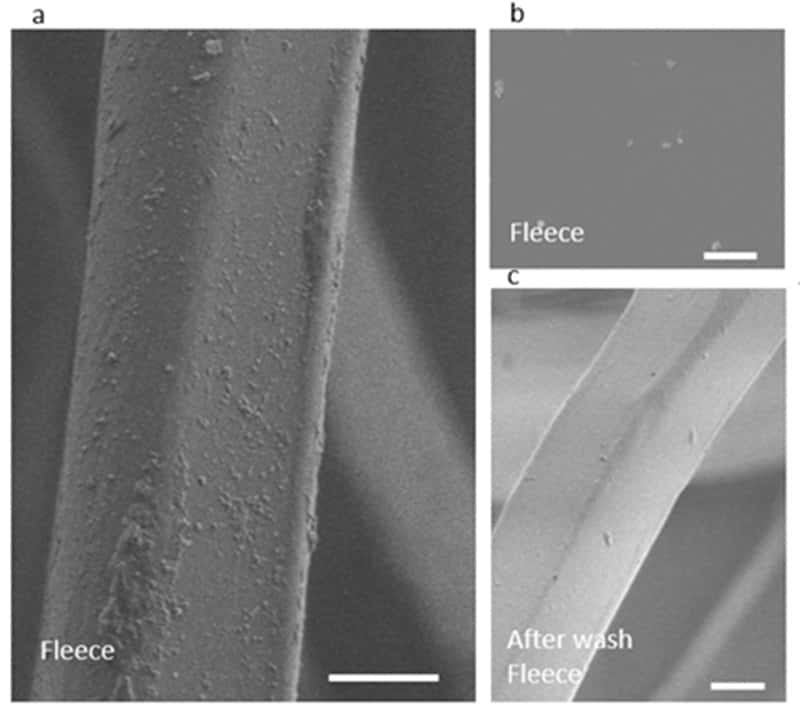Hydrogen scenarios – New findings on shedding behaviour of polyester 21-02-2024
Hydrogen scenarios
Oil prices underwent a downturn on Tuesday amidst prevailing uncertainty regarding the global demand outlook
Brent futures experienced a decline of $1.44 or 1.7%, settling at $82.12 per barrel by 11:27 a.m. EST (1627 GMT). Concurrently, the six-month spread for Brent reached its highest level since October, signaling tightening market conditions.
US West Texas Intermediate (WTI) crude for April delivery dropped by 70 cents, or 0.9%, to $78.49 per barrel, following a previous reduction of $1. The March WTI contract saw a modest gain of 36 cents or 0.45%, settling at $79.55 per barrel before expiring during the session. Notably, there was no WTI settlement on Monday due to a US public holiday.
The decline in crude prices was attributed to subdued trading activity during the Presidents’ Day holiday in the US, alongside ongoing geopolitical tensions in the Middle East. Concerns regarding a potential humanitarian crisis persisted due to escalating conflicts in the region. Hydrogen scenarios
Geopolitical tensions also affected shipping, with increased attacks on shipping lanes by Iran-aligned Houthis. These attacks posed threats to energy markets by targeting multiple vessels with drone and missile strikes since Friday.
Despite geopolitical concerns in major oil-producing regions, worries about declining global demand remained prominent among crude investors. China’s announcement of a substantial reduction in the benchmark mortgage rate on Tuesday failed to elicit a positive response from the crude market, highlighting underlying demand issues in the country.
Further exacerbating bearish sentiment was a recent report from the International Energy Agency (IEA), which revised downward its 2024 oil demand growth forecast to 1.22 million barrels per day (bpd), significantly lower than OPEC’s projection of 2.25 million bpd.
The disparity in forecasts between the IEA and OPEC reflects broader disagreements regarding the transition to renewable energy. Hydrogen scenarios
While the IEA predicts oil demand peaking by 2030, OPEC anticipates continued growth in oil use over the next two decades. These conflicting perspectives contribute to the overall uncertainty and volatility in the oil market.
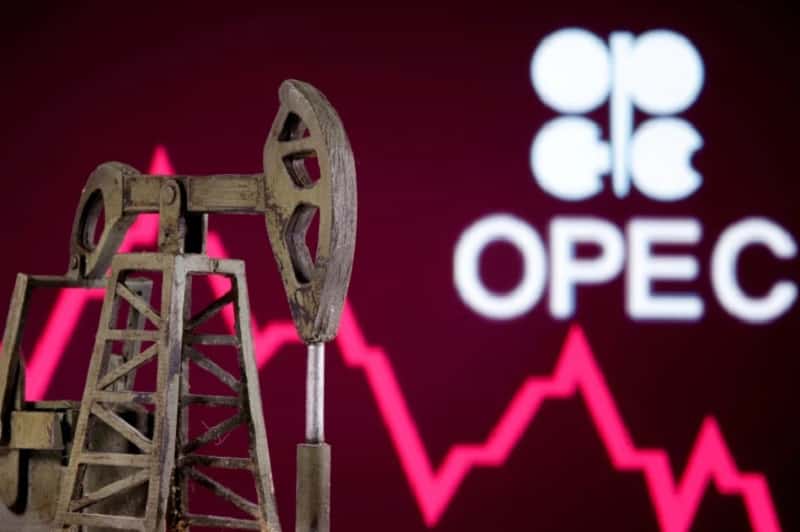
Crude Oil Prices Trend
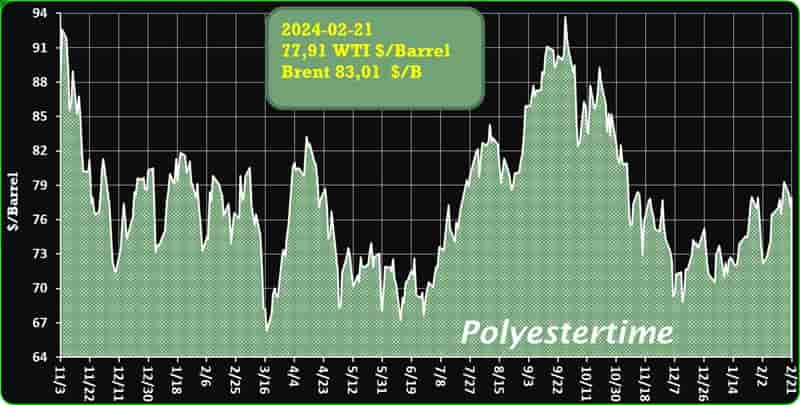
Crude Oil Prices Trend by Polyestertime
Recycling collaboration launches Finland’s largest facility
Syklo Ltd., a Finnish leader in circular economy initiatives, is set to collaborate with Impact Recycling Ltd. from the UK to establish Finland’s largest plastic recycling facility, projecting to escalate the country’s plastic recycling capacity by up to 50 percent. This venture marks a significant stride in European recycling endeavors, distinguished by innovative technology that promises unparalleled yield and material utilization rates.
Scheduled for commissioning in 2025, the plant, located in Hyvinkää, Finland, will deploy Impact Recycling’s pioneering BOSS technology to segregate various plastic types from post-consumer mixed waste streams. Hydrogen scenarios
With an anticipated annual output of 50,000 tonnes, the facility will specialize in extracting and recycling plastics from streams conventionally earmarked for incineration.
Syklo’s CEO, Teemu Koskela, lauds the project as a game-changer in Europe’s circular economy landscape, aiming to augment Finland’s plastic packaging recycling rate by up to 20 percent. The company envisions extending its impact across the Nordic countries, the Baltics, and beyond. Hydrogen scenarios
Integral to the recycling process are two patented technologies from Impact Recycling: BOSS and PRE. BOSS facilitates the separation of plastics with minute density discrepancies, while PRE additive technology ensures the production of high-quality recycled plastic granules, ideal for premium consumer-grade products.
David Walsh, CEO of Impact Recycling, emphasizes the strategic collaboration’s potential to revolutionize recycling practices and propel Europe toward a genuinely sustainable circular economy.
Syklo’s state-of-the-art facility will incorporate advanced water management systems to distill and reuse wastewater, mitigating environmental impact.
Koskela underscores the facility’s efficiency, boasting a 20 percent enhancement over prevailing methods. Hydrogen scenarios
Driven by a commitment to innovation and sustainability, Syklo aims to spearhead transformative change in the circular economy sector, heralding a more environmentally conscious future.
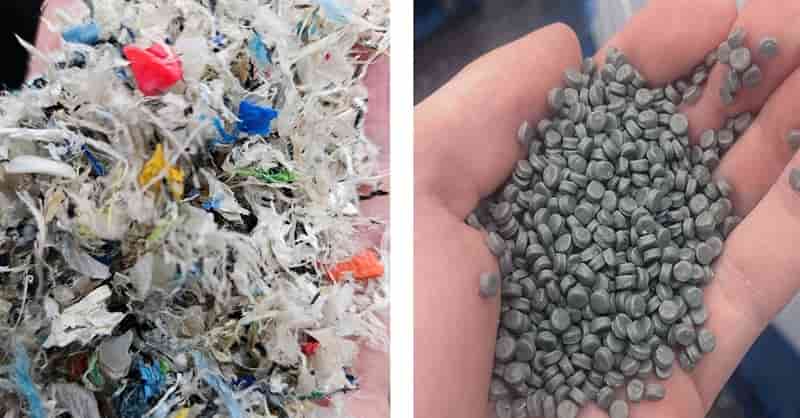
New findings on shedding behaviour of polyester
Ethanol bath employed to distinguish nanoplastics from clumps of oligomers.
Plastic household items and clothing made of synthetic fibres release microplastics and those less than five millimetres in size can enter the environment unnoticed. A small proportion of these particles are so small that they are measured in nanometres and are the subject of intensive research because they can be absorbed into the human body. As of today, however, little is known about their potential toxicity.
Swiss researchers from Bernd Nowack’s group at Empa’s Technology and Society laboratory have now joined forces with colleagues from China to take a closer look at such nanoparticles released from textiles. Hydrogen scenarios
In earlier studies, Empa researchers were already able to demonstrate that both micro and nanoplastics are released when polyester is washed but a detailed examination of the nanoparticles has now shown that not everything that appears to be nanoplastic at first glance actually is.
Oligomers
To a considerable extent, the released particles were so-called oligomers – small to medium-sized molecules that represent an intermediate stage between the long-chained polymers and their individual building blocks, the monomers. Hydrogen scenariosHydrogen scenarios
These molecules are even smaller than nanoplastic particles and hardly anything is known about their toxicity either.
The researchers published their findings in the journal Nature Water. Twelve different polyester fabrics were washed up to four times and the nanoparticles released in the process were analyzed and characterised, which was not an easy task.
“Plastics, especially nanoplastics, are everywhere, including on our devices and utensils,” says Bernd Nowack. “When measuring nanoplastics, we have to take this ‘background noise’ into account.” Hydrogen scenarios
Hydrogen: scenarios
Professor Roberto Cipollone elaborates on the multifaceted nature of hydrogen, delineating its properties, applications, production methods, costs, and pivotal role in the ongoing energy transition.
Hydrogen, in its elemental form, is an odorless, colorless gas not naturally occurring in a pure state but rather bound within compounds found in nature, necessitating artificial production.
Its combustion yields substantial energy, about three times that of conventional fossil fuels, with only water as a byproduct, making it a promising alternative fuel source for carbon-free energy production and various industrial processes. Hydrogen scenarios
Presently, hydrogen finds utility in diverse sectors such as the chemical, oil refining, metallurgical, and agricultural industries. As an energy carrier, it demonstrates superior environmental credentials, emitting solely water vapor upon combustion.
Currently, the majority of hydrogen production, over 95%, employs methane reforming, a process reliant on fossil fuels and associated with carbon emissions. Electrolysis, which splits water into hydrogen and oxygen using electricity, represents a cleaner but energy-intensive method. Hydrogen scenarios
Costs associated with hydrogen production hinge on factors like methane and electricity prices, as well as carbon emissions. While forecasts anticipate declining costs, uncertainty looms due to market dynamics and technological advancements.
In the context of the energy transition, hydrogen holds a crucial role in mitigating carbon emissions and facilitating the shift towards renewable energy sources, aligning with the objectives outlined in the Paris Agreement. However, the realization of these goals hinges on addressing technological, economic, and environmental challenges associated with hydrogen production and utilization. Hydrogen scenarios
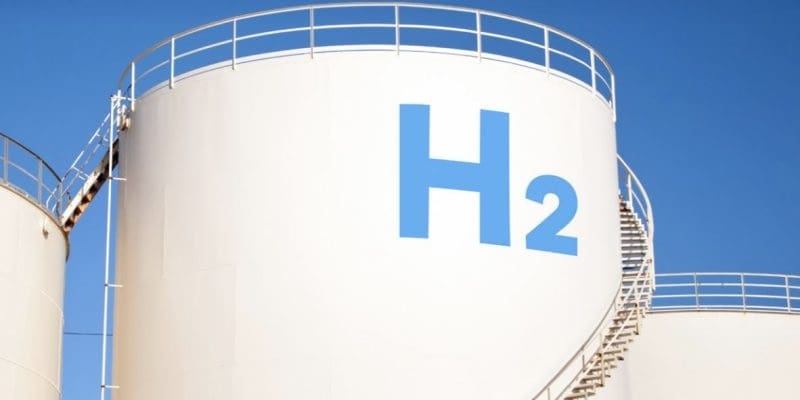
Aimplas is actively engaged in the RECIMAP Project, a collaborative initiative aimed at recycling blended cotton and polyester fabric waste
This endeavor seeks to address the challenge of effectively recycling multi-material waste prevalent in the textile industry, which is often disposed of through incineration or landfill due to its complexity. Hydrogen scenarios
Led by Bespoke Factory Group and supported by funding from the Valencian Innovation Agency (AVI), the project involves partners such as Aimplas, the Universitat de València, and the Consorcio Valencia Interior V3. By leveraging innovative approaches, RECIMAP aims to promote a sustainable circular economy within the textile sector.
Belén Taroncher, a researcher at Aimplas, emphasizes the significance of the project in light of anticipated increases in textile waste, driven in part by European regulations on extended producer responsibility (EPR). Hydrogen scenarios
The project focuses on developing a novel recycling pathway that converts complex waste into high-quality recycled materials, including lactic acid crucial for polylactic acid (PLA) production.
Through selective separation techniques utilizing ionic liquids, RECIMAP aims to extract cotton and polyester blends, offering a more environmentally friendly alternative to conventional solvents.
The polyester fraction undergoes mechanochemical processes to produce recycled polyester, while the cotton fraction is utilized in lactic acid fermentation.
Taroncher underscores the project’s dual benefits of environmental sustainability and economic value, with recycled polyester having a lower carbon footprint than virgin polyester. Hydrogen scenarios
Funding for the RECIMAP Project is provided by the Valencian Community government through AVI, with co-financing from the European Union’s ERDF Valencian Community Programme 2021-2027 under the call for Strategic Projects in Cooperation 2022.
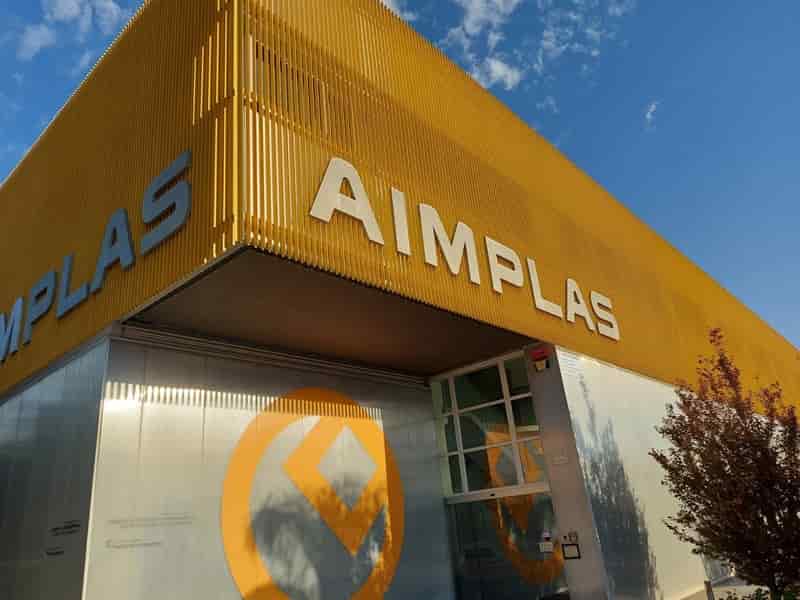
Global interest in US R-PET market intensifies in both feedstock, finished product
As global markets continue to become more interconnected, many regions outside the US have taken interest in the domestic recycled polyethylene terephthalate (R-PET) market as both a potential area of feedstock supply, as well as a destination for finished flake and pellet cargoes. Hydrogen scenarios
Market participants confirm they have seen a notable rise in imported R-PET activity from Asia and Latin America, particularly due to their cost-competitive position in light of cheaper ocean freight rates in 2023.
US recyclers were heard to be supplementing their operations with imported feedstock. Several recyclers now purchase cheap spot or imported R-PET flake to process into their food grade pellet product, and potentially redirecting their internally produced flake from high cost domestic bale feedstock to sell directly to customers. Hydrogen scenarios
In the long term, the US will have to seek imports of bale or flake feedstock, not just due to the cost driver but to feed growing plastic recycling capacities amid stagnant plastic collection rates domestically.
Recently released trade data from the US Census Bureau shows US imports of plastic scrap – noted by the HS code 3915- continue to increase, having jumped 5% year on year to a total of 446,778 tonnes in 2023. Hydrogen scenarios
Plastic scrap imports include items such as used bottles, but also other forms of recycled feedstock such as purge, leftover pairings and now also flake material.
Specifically, polyethylene terephthalate (PET) scrap imports increased substantially in 2023, jumping 33% year on year to a record setting 204,278 tonnes in 2023.
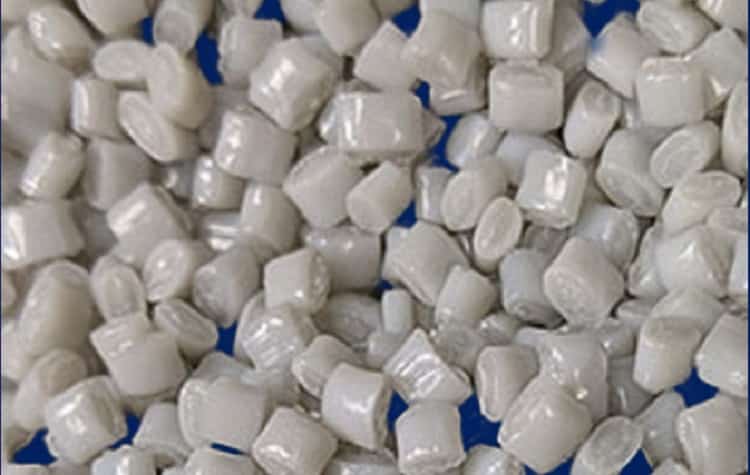
Expert urges global ‘avoidance and prudence’ to eliminate plastic pollution
Marine biologist underscores the need for individual and state-level responsibility amidst ongoing UN negotiations on a global plastics treaty.
The principle of “avoidance and prudence” should be the motto for both individuals and states on using plastics in all aspects of life, according to a concerned academic.
Sedat Gundogdu, a marine biologist at Cukurova University in the southern Turkish city of Adana, told Anadolu that he has been doing research into plastic pollution as he serves on a board of spokespersons of a coalition of scientists pushing for an effective plastics agreement. Hydrogen scenarios
“Together with this coalition, we are trying to voluntarily provide scientific information to states participating in negotiations of a UN plastics agreement for use in negotiations,” he said.
There have been three negotiations about the treaty so far – in Uruguay, Kenya and France, and the fourth is planned for Canada next April, he noted.
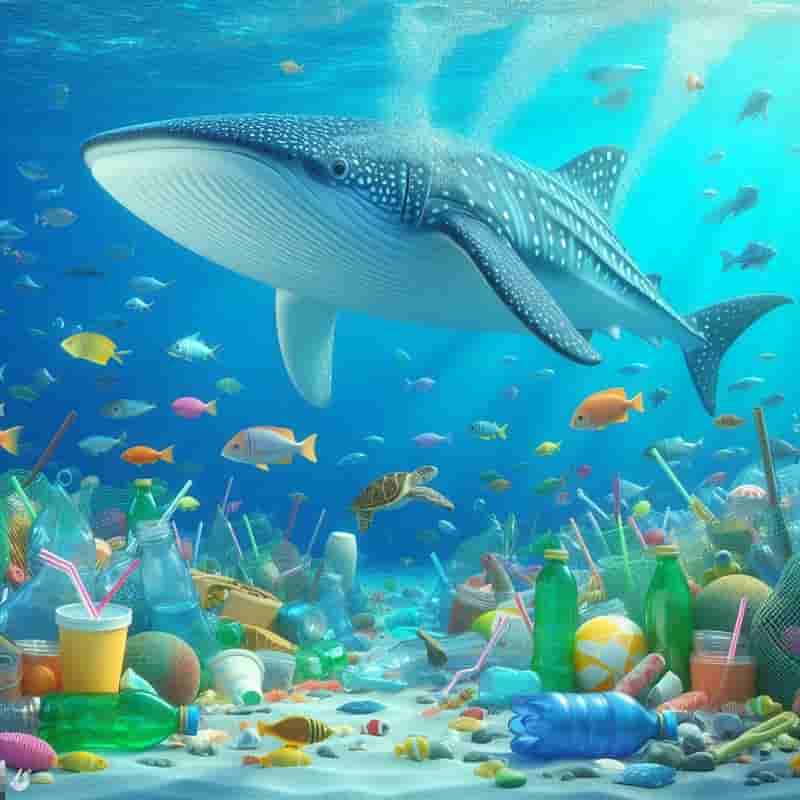
Solutions for processing recycled fibres
Swiss manufacturers offer perfect matches for circularity.
Many end-users now expect recycled materials to be in textile-based products they purchase and this is definitely driving innovation throughout the industry. However, there are still many technical and economic issues facing yarn and fabric producers using recycled resources. Members of the Swiss Textile Machinery Association offer some effective solutions to these challenges. Hydrogen scenarios
Synthetic recycled materials such as PET can usually be treated similarly to new yarn, but there are additional complexities where natural fibres like wool and cotton are involved. Today, there’s a trend towards mechanically recycled wool and cotton fibres. Thanks to companies like Rieter, Autefa, Steiger and Uster Technologies, such materials can now be processed. Machinery and services from these companies support further processing of recycled fibres to meet required quality standards. Swiss Textile Machinery member Stäubli also demonstrates what it means to fully embrace circularity concepts.
Spinning recycled cotton
The use of mechanically recycled fibres in spinning brings specific quality considerations: they have higher levels of short fibres and neps – and may often be coloured, particularly if post-consumer material is used. It’s also true that recycled yarns have limitations in terms of fineness. Hydrogen scenarios
The Uster Statistics 2023 edition features an extended range of fibre data, supporting sustainability goals, including benchmarks for blends of virgin and recycled cotton.
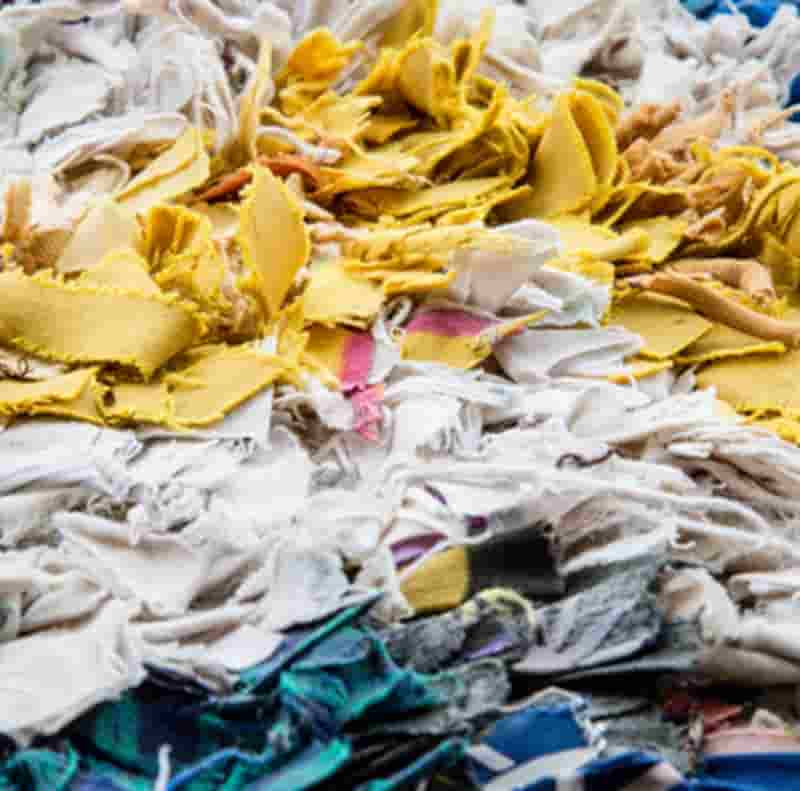
Hydrogen scenarios

